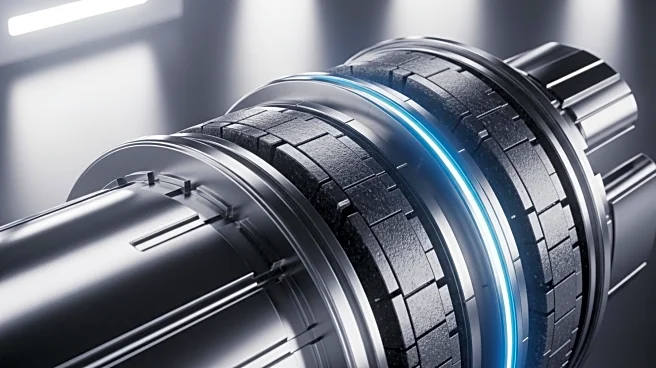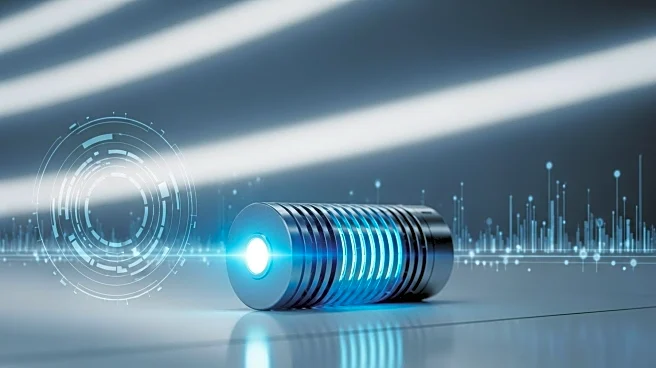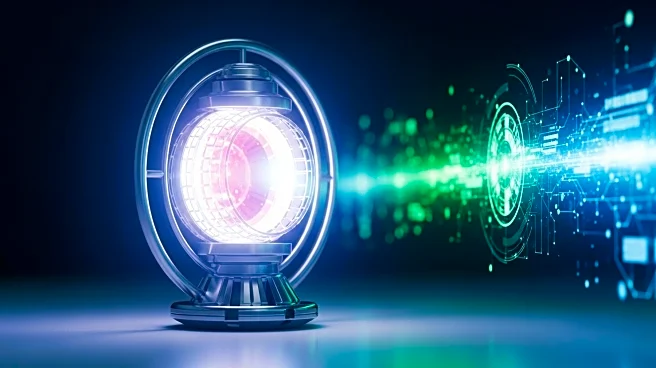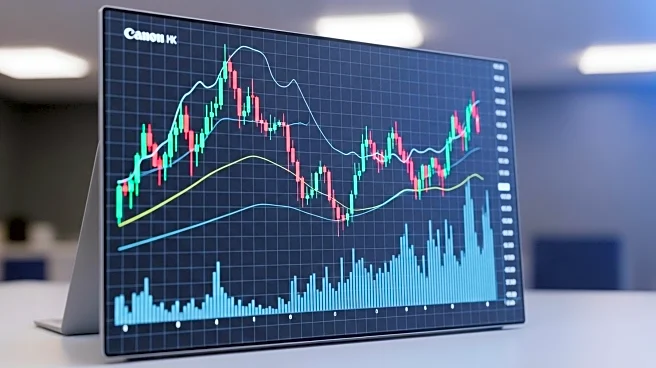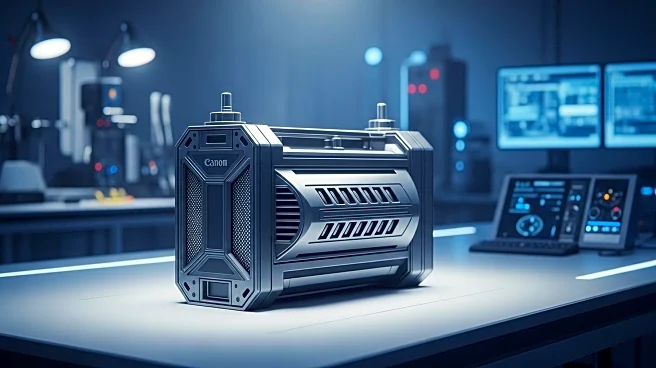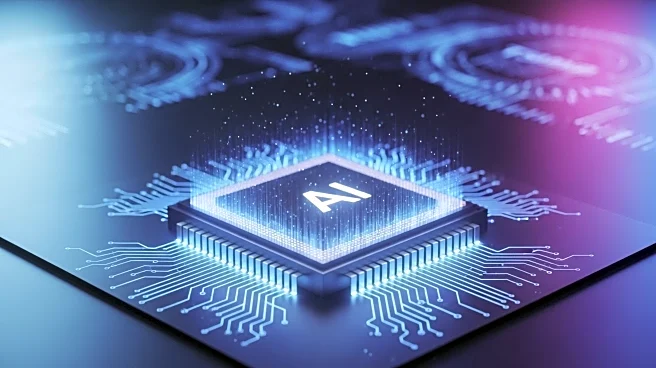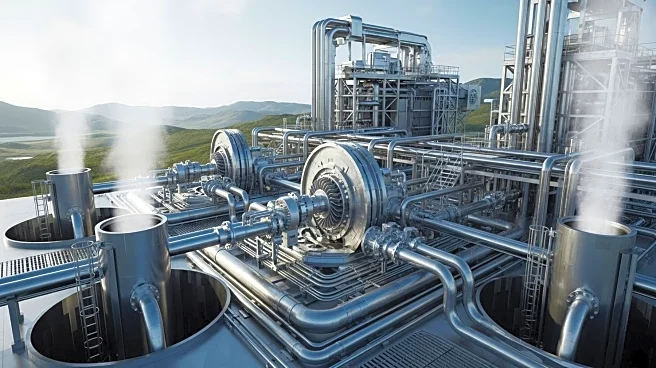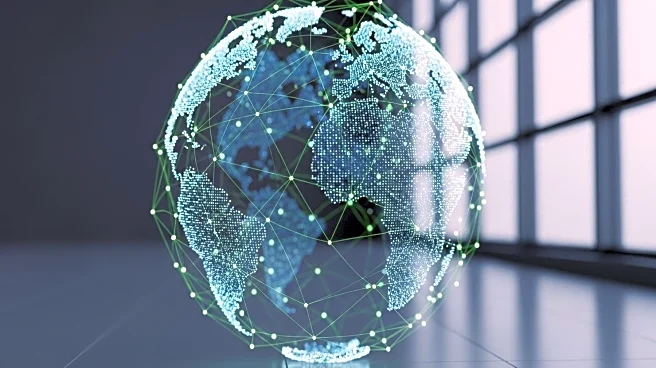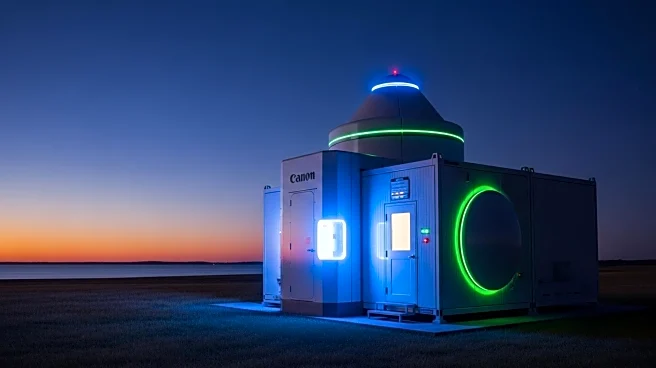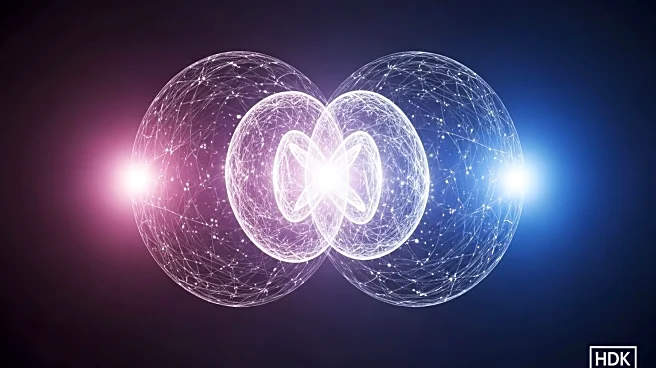What's Happening?
The rapid expansion of data centers in the U.S. is facing potential delays due to electric grid constraints. To address this, experts suggest leveraging distributed energy resources (DERs) to create additional grid capacity. DERs, which include technologies like battery storage and flexible load management, can help alleviate grid bottlenecks by providing localized energy solutions. This approach not only supports faster data center interconnection but also offers potential cost savings and resilience benefits for local utilities and consumers. The strategy involves collaboration between data center developers, utilities, and DER companies to optimize grid usage and reduce the need for extensive infrastructure upgrades.
Why It's Important?
The integration of DERs into the grid is crucial for supporting the growing demand for data center capacity, driven by advancements in artificial intelligence and cloud computing. By utilizing DERs, data centers can achieve faster interconnection, which is vital for maintaining the competitiveness of the U.S. tech industry. Additionally, this approach can lead to more efficient energy use, lower costs for consumers, and enhanced grid resilience against extreme weather events. The successful implementation of DERs could set a precedent for other sectors facing similar grid challenges, promoting broader adoption of distributed energy solutions.
What's Next?
Stakeholders, including tech companies and utilities, are expected to explore new business models and regulatory frameworks to facilitate the deployment of DERs. This may involve revising market rules to allow for greater participation of DERs in energy markets and developing innovative financing mechanisms to support their integration. As the demand for data center capacity continues to rise, the pressure to implement these solutions will likely increase, prompting further collaboration and innovation in the energy sector.

